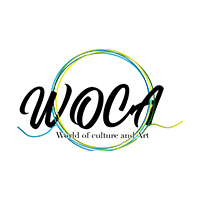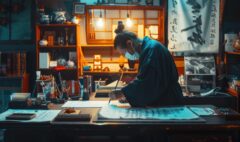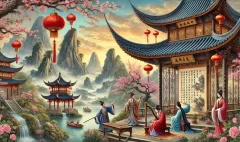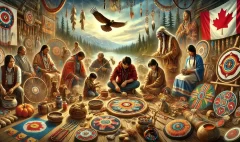The Vital Role of Indigenous Women in Art
The Vital Role of Indigenous Women in Art
Weaving and Textiles: A Cultural Heritage
Weaving is more than just a craft; it is a vital expression of identity and community for many indigenous peoples. In numerous indigenous cultures, textiles are not merely functional items but profound representations of their histories, beliefs, and values. Women, often the central figures in these communities, possess a wealth of knowledge about traditional dyeing techniques and the significance of various patterns and colors.
For example, in Mexico, the Maya women of the Yucatán Peninsula have long been recognized for their intricate backstrap weaving. Each piece tells a story—of family, community, and cultural pride. Similarly, in Canada, the Navajo women are known for their beautifully crafted rugs that incorporate traditional designs, often inspired by their rich spiritual beliefs and connection to the land. These artistic practices are deeply intertwined with cultural wellness, illustrating the powerful connection between indigenous art and healing in these communities.
Gender Roles in Artistic Production
Historically, artistic production has often reflected the societal roles assigned to men and women within indigenous communities. Women have typically been the custodians of traditional arts, while men might focus on different forms of expression or roles within the community. However, these boundaries have become increasingly fluid. Many indigenous women are now reclaiming their narratives, finding innovative ways to express their identities while honoring their cultural roots.
This balance of tradition and innovation is particularly evident in the collaborations between indigenous women artists and contemporary fashion designers. These partnerships allow for a revitalization of traditional techniques and patterns, making them accessible to modern audiences. By merging ancient craftsmanship with contemporary styles, indigenous women are not only preserving their heritage but also redefining it for future generations.
Collaborations with Fashion Designers
In recent years, collaborations have emerged between indigenous women artists and fashion designers, highlighting the beauty and complexity of traditional textiles. These partnerships are more than just commercial ventures; they emphasize the role of indigenous women in art, fostering a deeper appreciation for indigenous craftsmanship and promoting ethical practices in the fashion industry.
For instance, Cynthia Daignault, a well-known Canadian fashion designer, has worked closely with indigenous artisans to create collections that incorporate traditional designs. This approach not only showcases the intricate artistry of indigenous textiles but also provides a platform for women to share their stories and experiences.
Notable Figures in the Role of Indigenous Women in Art
Several indigenous women have made significant contributions to the arts in both Canada and Mexico, each reflecting their cultural backgrounds and unique artistic perspectives:
1. Shirley Cheechoo (Canada) – A Cree artist and filmmaker, Cheechoo uses her art to convey the struggles and resilience of indigenous people. Her work spans various mediums, including painting, sculpture, and film, often featuring themes of healing and identity.
2. Marlene Creates (Canada) – A multidisciplinary artist, Creates focuses on the relationship between people and the environment. Her projects often engage with indigenous communities, blending traditional knowledge with contemporary artistic practices.
3. Martha Rodriguez (Mexico) – A Zapotec weaver from Oaxaca, Rodriguez continues the tradition of her ancestors, creating intricate textiles that reflect her cultural heritage. Her work has been recognized both locally and internationally, earning her a reputation as a master artisan.
4. María Isabel Grañén Porrúa (Mexico) – An accomplished textile artist, Grañén Porrúa incorporates traditional techniques and contemporary designs into her work. She is dedicated to preserving the art of weaving and empowering other women in her community.
Conclusion
Their artistic expressions reflect a deep connection to their roots while addressing contemporary issues, creating a vibrant tapestry of creativity that speaks to both their identities and the challenges they face. As we celebrate their contributions, it becomes clear that indigenous women are pivotal to the ongoing evolution of art, culture, and community.











